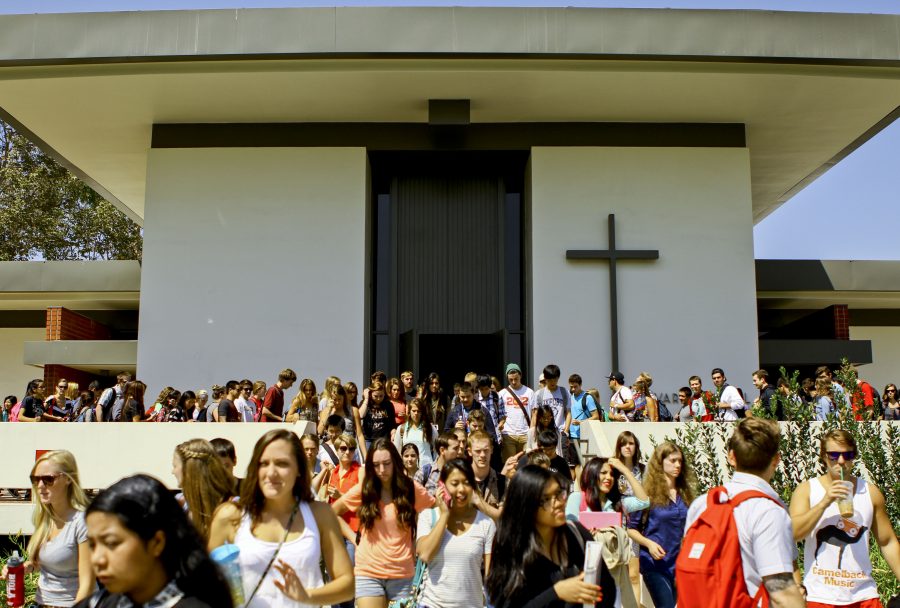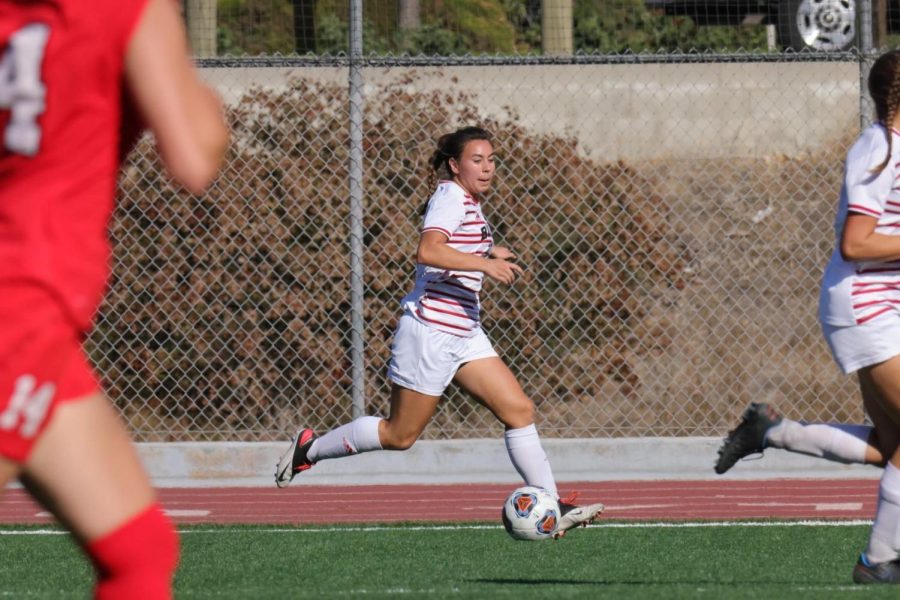Biola survived the Great Depression, scraping by on the backs of volunteer professors and dedicated students who yearned to hear the word of God taught day in and day out.
The shift from institution to university
1958 offered an opportunity for Biola to reach a new community, a new culture of churches and a new student body. The shift from institution to university came about, the aim of which became significantly more inward-focused than outward-reaching. Fred Sanders, history professor for the Torrey Honors Institute, expressed confusion over why Torrey Memorial Bible Conference changed so drastically during the move from Los Angeles to La Mirada in 1958.
“What I don’t know is when Biola’s Torrey Memorial Bible Conference changed from a sort of outward-looking ministry to the surrounding community to an inward-focused community,” Sanders said.
Samuel H. Sutherland led the university during the move as Biola’s fifth president, with Louis Talbot as university chancellor. The position of chancellor has since been renamed to dean of Spiritual Development upon the hiring of Todd Pickett, with the primary roles encompassing pastoral care for the university and a resource for spiritual advice for students.
At the time of the shift, Biola also provided deans for both women and men, with Matilda Boehmer and Duane Wetzler taking those positions respectively. Post-depression, Biola took off educationally and Torrey Conference dwindled due to little surrounding church invitation and participation.
“All kinds of churches in the region would come to Biola for help and support and resources. Training Sunday school teachers used to be a huge ministry at the Bible Institute. So that’s the rallying center,” Sanders said.
“by golly, we have Torrey Memorial Bible Conference”
Stacie Schmidt, reference and instruction librarian and library liaison for education, history and political science, provided historical accuracy regarding the effect of the move on the Bible conference. Much of Torrey Conference’s history was unearthed with the help of Paul Rood, history professor and legacy of Biola’s third president, Paul W. Rood.
“I would say the [focus shift happened] with the move. And there was still, even though they started developing into a college, with [teaching] these theology and education and things like that. We still had a Bible Institute also that was still doing these outward things, training people to do ministry at the schools, churches and what have you. And that closed down, they didn’t continue with the Bible Institute concept when they moved here,” Rood said.
Despite a loss of community focus, Biola directed energy instead at teaching at a competitive university level, which more often than not drew young people in. The goal of the Bible Institute previously centered around missional evangelism, while Biola University aimed toward the more intellectual preparation necessary to send Christians out into the workforce confident in their faith and ready to give a reason for the faith they hold.
“Then the radiating center was always streams of influence that would go out. So it seems to me that Torrey Memorial Bible was founded as a part of our radiating strategy. Now it’s a part of our rallying strategy. 4,000 or 5,000 students, undergrads, and we do Bible teaching. It’s one of the reasons people come to Biola. If they want Bible teaching, by golly, we have Torrey Memorial Bible Conference,” Sanders said.







